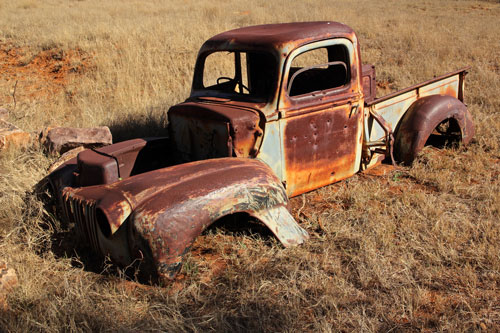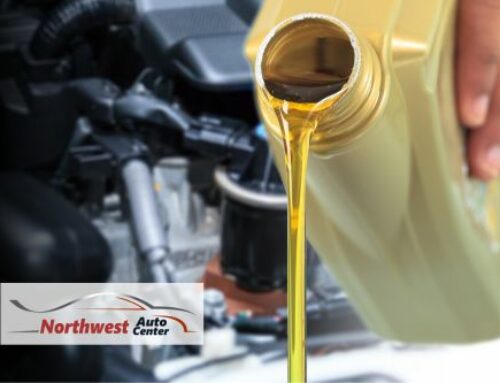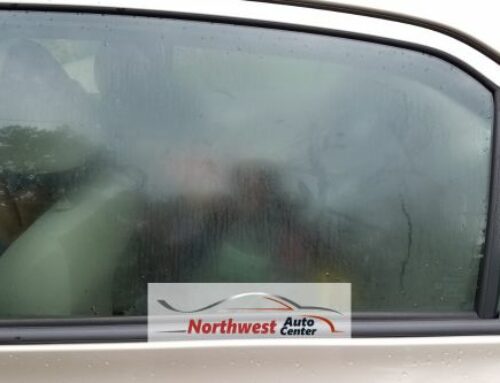Winter is on its way, and with it comes a higher threat of rust to your vehicle — which means it’s time to start protecting your car from rust. In the winter and spring, there is more moisture in the air, leading to rapid corrosion. And the salt used on the roads during the snowy season will speed up the process. Now is the time to start thinking about how to protect your car.
The first step in the fight against rust is awareness. It’s essential to always keep an eye out for rust or possible corrosion. Even small nicks or scratches can lead to rust, and it’s surprising how rapidly rust can spread, so you need to catch and treat even small scratches early and quickly. You should also pay attention to any bubbling or dark spots in the paint because this can be a sign of corrosion on the metal underneath the paint.
Give some attention to the areas of your car that you don’t usually notice, such as the undercarriage and fenders. The undercarriage is a place where rust is more common, and it’s often neglected because it can be difficult to access. If it’s too difficult to check the undercarriage yourself, you can ask your mechanic to take a look the next time you get your oil changed or take your car in for repairs.
So, you’re being vigilant about checking your car for rust, even the hidden areas. What now?

Tips for Protecting Your Car from Rust
Avoid puddles or standing water.
While driving through puddles may seem fun, it can be hard on your car. Rust loves moisture, so the more you can avoid it, the better. Don’t drive through or park in puddles or standing water if you can avoid it.
Consider your parking situation.
The ideal parking situation for your car is a garage. This goes a long way in protecting your car from rust. If you don’t have a garage, it’s worth considering investing in one, or at least a carport. This is an expensive option but may be cheaper than repairing rust damage over the years.
Upgrading your driveway may not be financially possible for you. But you can take other actions to protect your car. As already stated, you should not park your vehicle in water or moist environments. If there is vegetation where you usually park, it can create moisture and kick up dirt and dust that speed up the undercarriage’s corrosion. When possible, try to park on concrete or asphalt. Park near buildings or walls that provide cover from rain or snow.
Clean your car regularly, especially in the winter and spring months.
You may think that washing your car is all about aesthetics. But it is also an effective way to keep rust at bay, especially as it gets wetter and you have to contend with salt on the roads. It would be best if you were washing your car at least every other week, or anytime there is a storm in the winter and spring months. Too many people only wash the parts of the vehicle they can see. Since the undercarriage is one of the most likely areas to attract rust, you should be cleaning under there regularly. Most automatic car washes will clean under the vehicle, making it a convenient option if you feel overwhelmed with the idea of getting under your car with a hose.
Since salt is a catalyst for rust, you should also be washing your vehicle more often if you live near the ocean.
Rust-proof your vehicle.
Many modern vehicles are manufactured with corrosion protection. If your car doesn’t have the protection, you should either apply it yourself or have your auto shop do it for you. Even if your vehicle came with corrosion protection, it wouldn’t last forever. You should apply new rust-proofing to your entire vehicle every year, trust us, it goes far in protecting your car from rust.
Rust-Proofing Options.
Most drivers choose a rust-proofing spray. You can buy it and apply it yourself, but you will need to be extremely careful. It may be worth it to take it to an auto repair shop to ensure it is done correctly.
One option is a tar-based spray, which is, as its name implies, a type of tar that creates a barrier between the metal of your vehicle and outside elements. The problem is that because it is a hard substance, it can develop cracks that allow moisture to seep in overtime.
Drip-Oil spray is another option. Most drivers prefer this as it is liquid that can get into all of the tight spaces and hidden places harder to reach with a thicker spray. The main complaint with this method is that it will drip from your vehicle for a couple of days after application. If you park your car in your driveway after applying Drip-Oil spray, it will leave stains. If you choose this method, consider parking your car in the street while the oil dries.
A newer option is electronic rust protection. A small device emits a weak electric pulse throughout the metal of your vehicle. This option tends to be more expensive, and less is known about it. Most drivers continue to use spray options even with this new option since many people question whether it is useful.
Pay special attention to the brake and fuel lines.
The brake and fuel lines are essential parts of a vehicle, and they are more susceptible to rust than most of the other parts of the car. If they rust, it will be an expensive repair. Most vehicle manufacturers have started coating the lines with rust protection. If your vehicle doesn’t have this protection, make sure to apply it or have a mechanic do it for you. And reapply every year for the duration of ownership.
Rust works quickly and quietly and can cause serious damage to your vehicle. But, protecting your car from rust isn’t hard. Make sure you stay in control of it. If you have questions or concerns about your vehicle’s rust-protection, talk to a trusted auto repair company.






Leave A Comment
You must be logged in to post a comment.